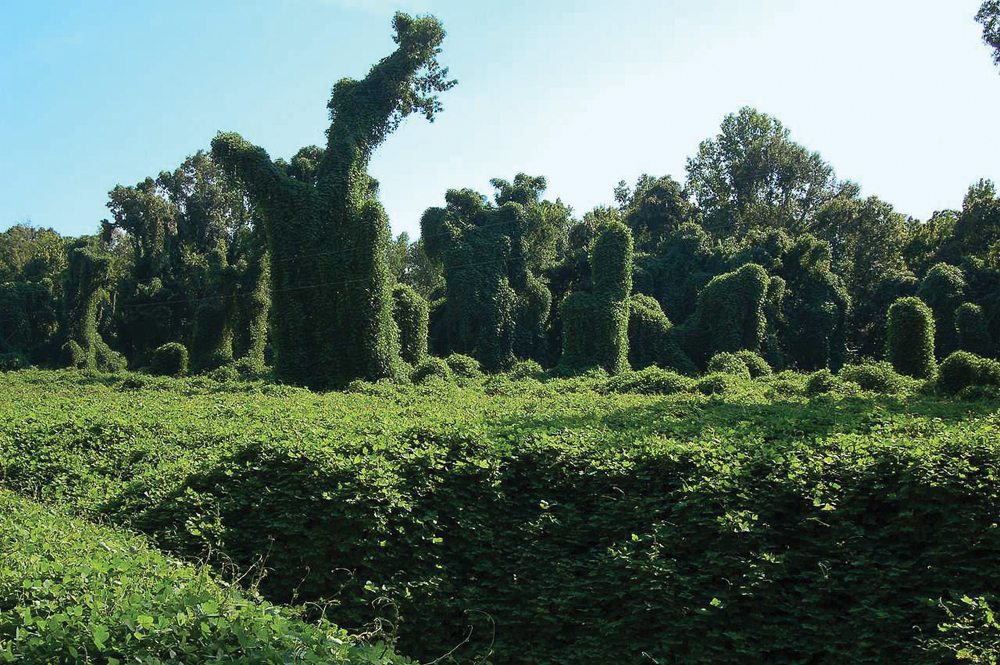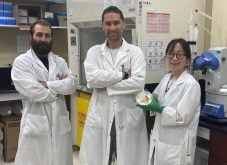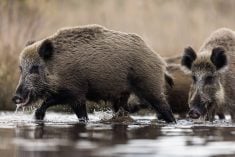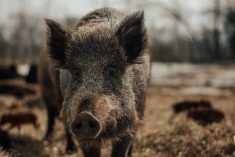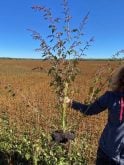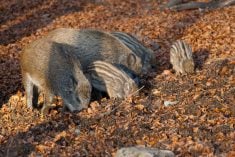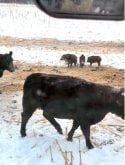Is it possible to predict which non-native plant species will become invasive weeds and when? According to research featured in the journal Invasive Plant Science and Management, the answer is “hopefully yes.”
Researchers say invasive species generally follow a three-phase development curve — from lag to expansion to plateau. The length and rapidity of the expansion phase varies and determines how aggressively a plant spreads.
“Understanding the source of this variation can help us predict which non-native species become invasive,” says Pedro Antunes, who co-authored the paper with Brandon Schamp, both of Algoma University in Sudbury.
Read Also
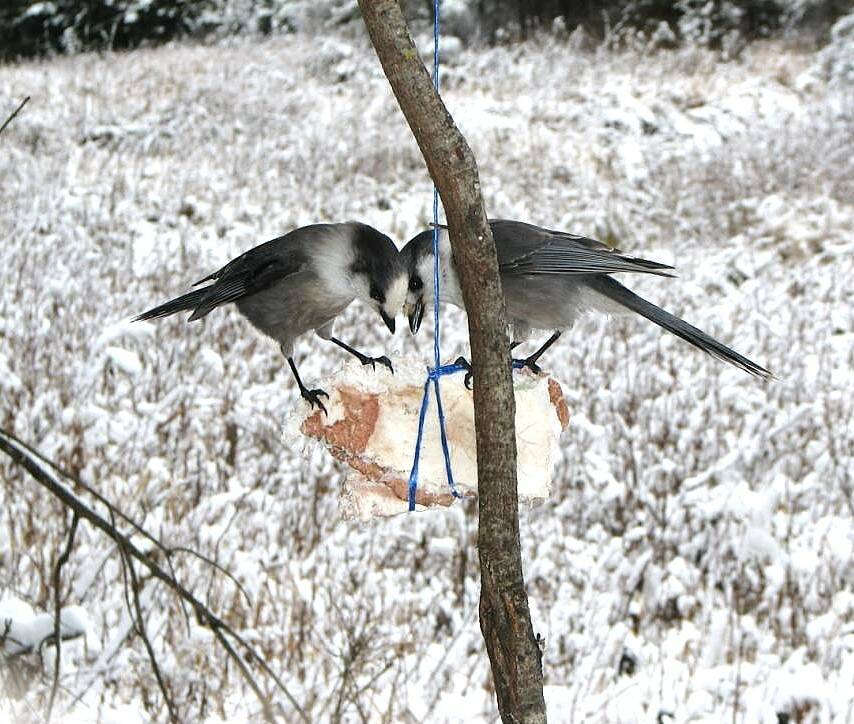
Hunting with whiskey jacks
Canada jays, or whiskey jacks, are bold little deer hunting pals that don’t mind getting close, if it means a piece of the offal or deer fat left over from a successful forest hunt in Manitoba.
“The key is to take a best practices-based approach to gathering and comparing data about past invaders.”
It turns out the information to track these invasions is out there, it’s just a matter of finding it and making sure it’s adequate.
The starting point is records collected by universities, museums and governments, some dating back to the 1700s. Researchers then verify their accuracy and confirm the origin and biological classification of the plants, creating a ‘family tree’ that links it to other plants.
Researchers then systematically collect new data annually using 10 square kilometre quadrants to evaluate the abundance of non-native plants and compare the “invasion curve” to determine what traits make plants aggressively grow and expand.
“As our knowledge increases, we can make better-informed predictions about the likelihood of particular species becoming invasive and the timeline they will travel as they do so,” Antunes says.

